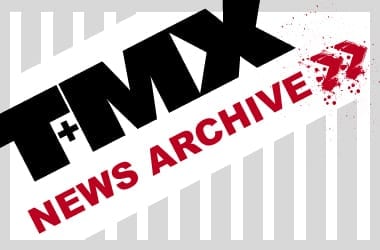Scottish faces fuel crisis
By TMX Archives on 14th May 08

THE big talking point at last week's SSDT - at first furtively and then openly - was the future of the trial as it does look as though the Army won't be able to carry out the refuelling duties next year - which surely puts the whole future of the event - as we know it - in serious doubt. It was actually touch and go regarding the refuelling service right up to a week before the event this year and it was only thanks to the mighty efforts of Sandy Mack that a Services squad was able to be assembled in time for this year's SSDT. For his massive contribution, Sandy was rightfully awarded the Endeavour award at Saturday evening's presentation.
So where does the event go from here with regards the refuelling situation? At the moment it is a plain fact that no-one knows. All credit to the organisers for being totally up front about this - there is no Plan B.
Well, there have been plenty of suggestions on various website chatrooms, some interesting, some naieve. The first and most important point to make is that any solution has to be fully LEGAL. If it isn't there is no point discussing it. The sport of trials, especially major events like the Scottish, do not operate under the radar these days and are scrutinised like never before from outside agencies. There's risk assesment from our old pals Health and Safety, insurance to take care of and the police force have to be 100 per cent satisfied as well. We can't just go sloshing juice around all over the countryside anymore. Those of us with memories know that the compulsory SSDT fuel service came about because the police were threatening to stop the trial because people in cars and vans were re-filling riders all over the shop and an incident was just waiting to happen.
We know that one problem is the pathetically small fuel capacity of modern trials bikes. One option the club will look at is insisting that (as per the current SSDT rules) riders ensure - by fitting larger tanks - that their machines can travel at LEAST 35 miles before refuelling becomes necessary. That would greatly assist any possible future re-fuelling service. Maybe daily routes will have to be of a figure of eight configuration, returning to a central refuelling site.
One thing's for sure, it just won't be as easy as filling a couple of Ford Transits with 100 gallons of fuel and heading for a handy lay-by armed with a jug and funnel. This is a serious problem which can only be addressed by serious means. The SSDT committee are 100 per cent open to serious, legal suggestions.
For full pictures see T+MX NEWS, Friday, May 16, 2008